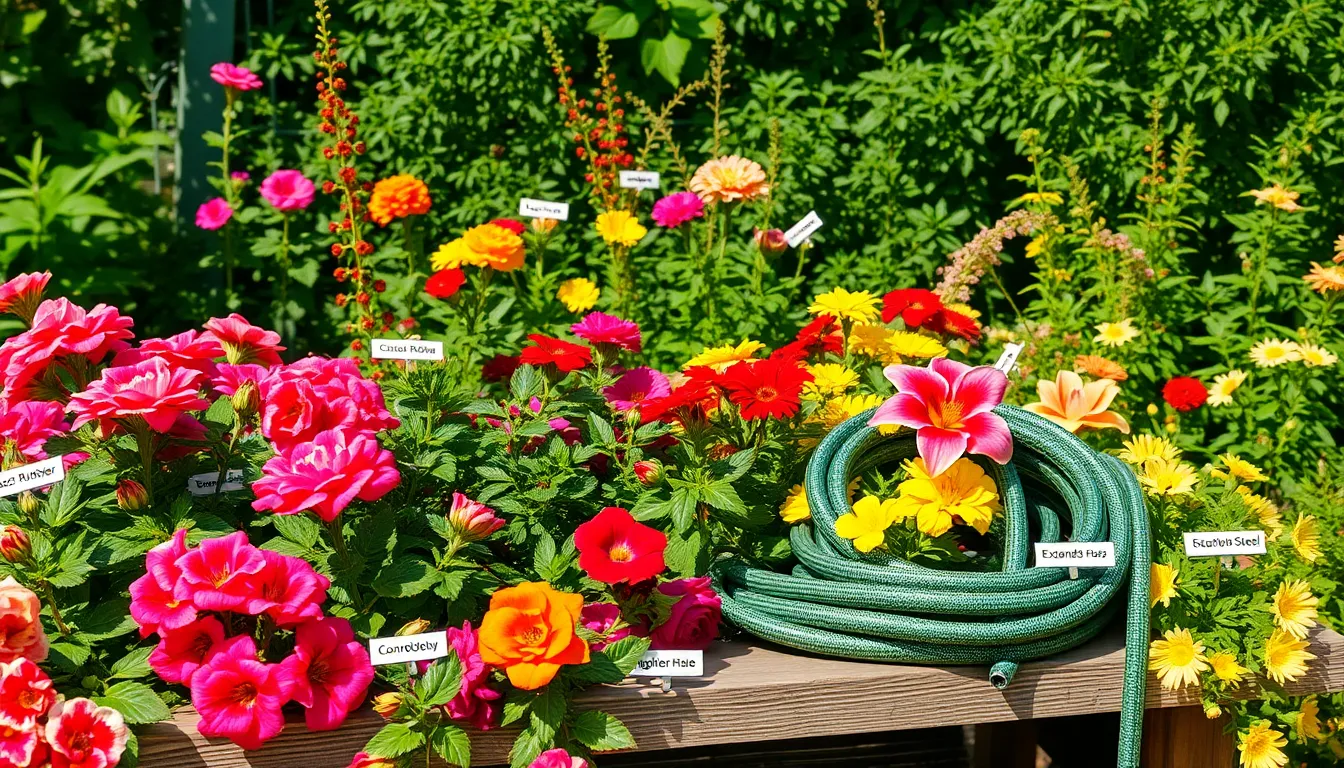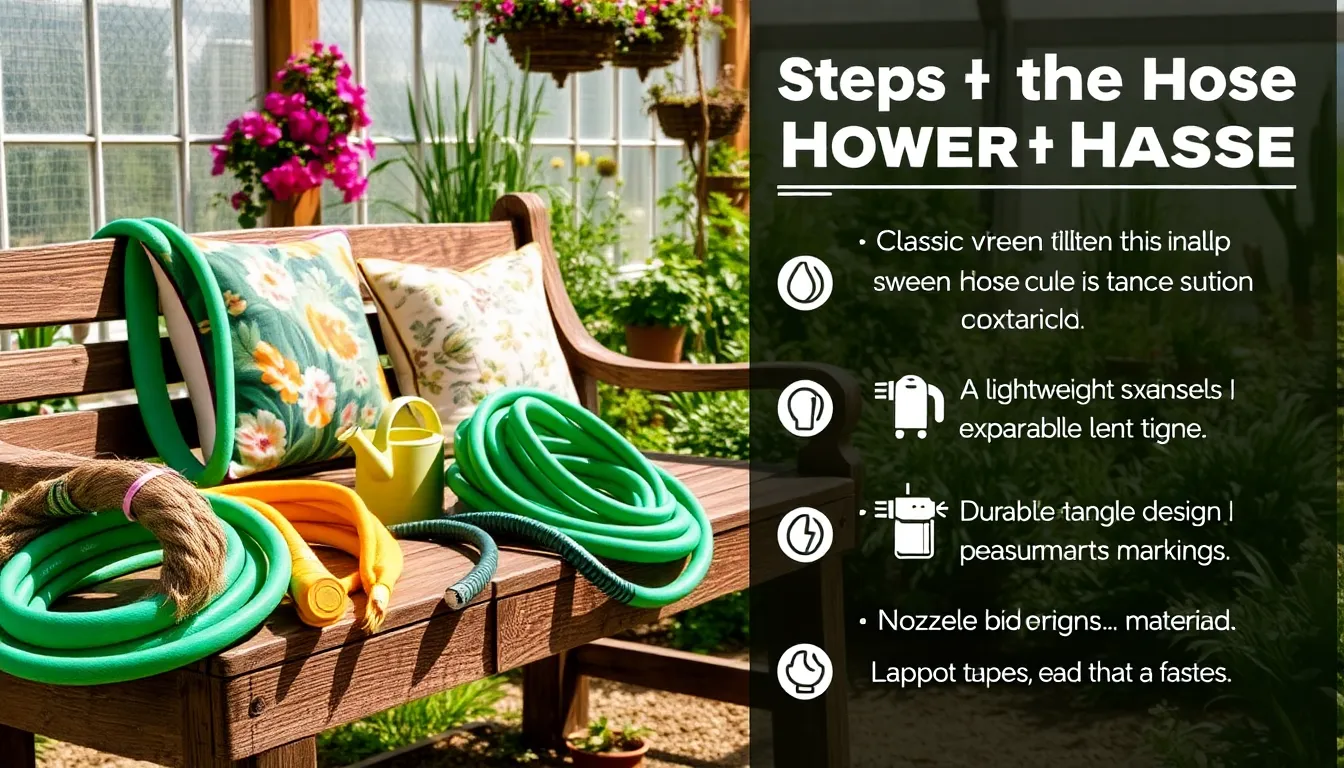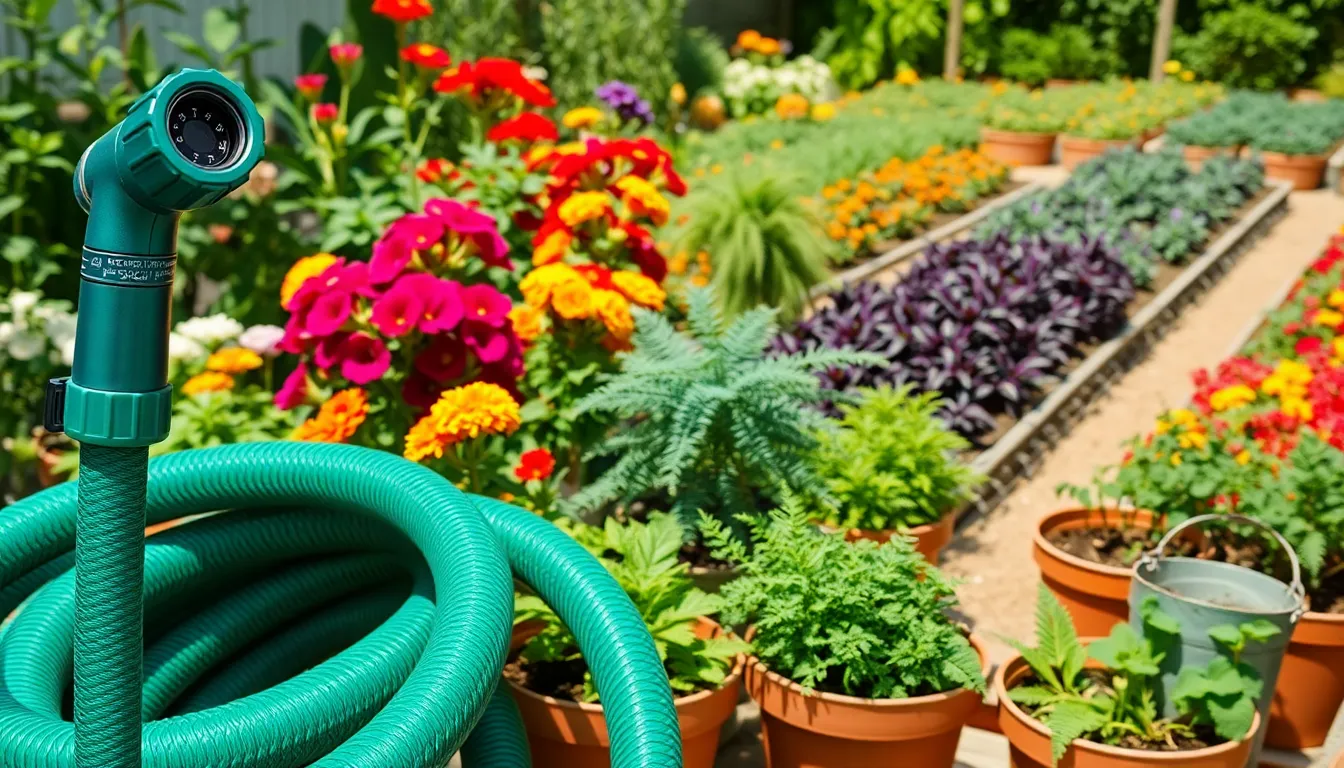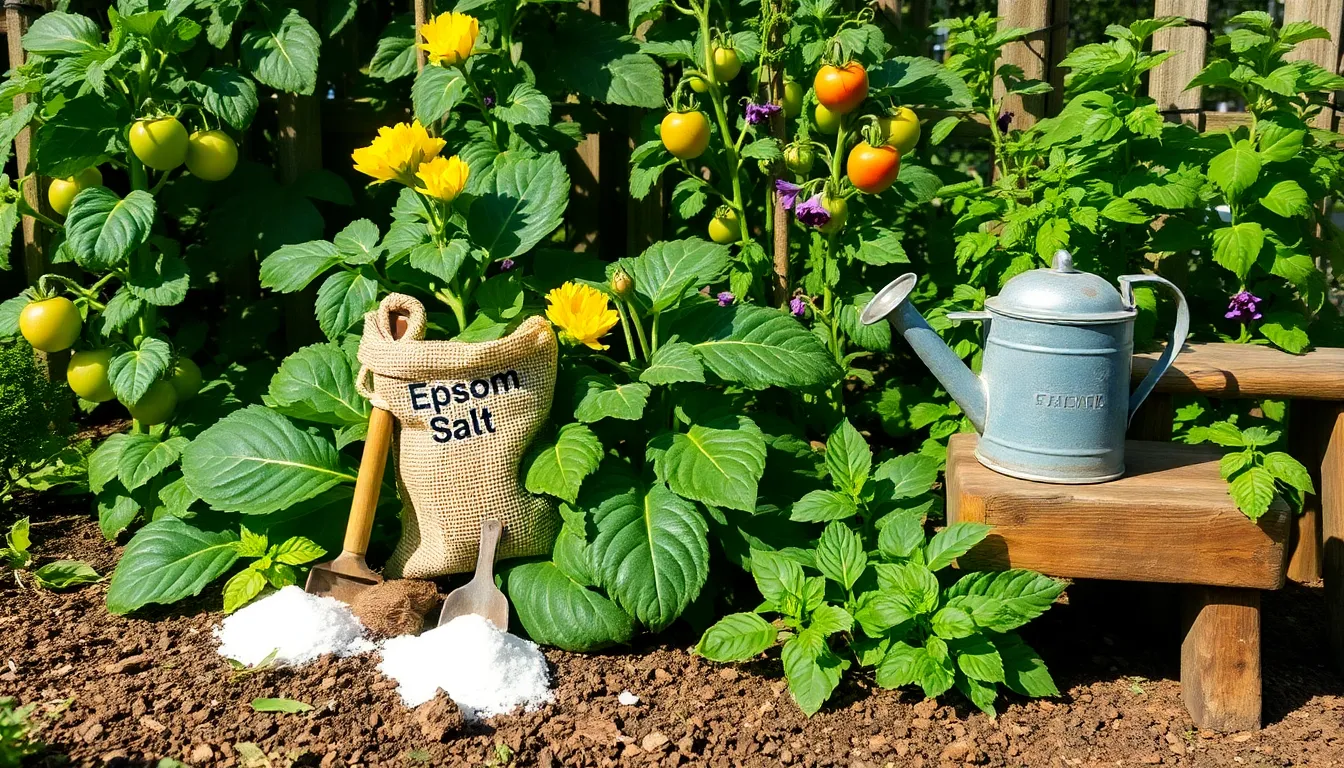Gardening is a delightful dance between nature and nurture, where each tool plays a pivotal role in the symphony of growth. Among these tools, the garden hose often stands as an unsung hero, quietly ensuring that every plant receives its life-giving drink. For both the novice gardener just beginning to dig into this rewarding hobby, and the seasoned green thumb with years of experience, choosing the right garden hose can be the difference between a flourishing paradise and a wilting patch. This often-overlooked piece of equipment holds the power to transform your gardening experience, making it smoother and more enjoyable.
The right garden hose is more than a mere conduit for water; it is a crucial link in the chain of plant care. With the array of options available, from lengths and diameters to materials and features, selecting the ideal hose can seem daunting. In this article, we will unravel the mysteries of garden hoses, providing you with insights on what to consider when making your choice. By the end, you’ll feel empowered to select a hose that not only meets your garden’s needs but also enhances your gardening routine.
Understanding the nuances of garden hoses will demystify what many consider a mundane aspect of gardening, but which is, in reality, foundational. Whether you are concerned about water pressure, storage options, or durability, we will guide you through the essential factors to consider. Embrace this opportunity to learn and grow, as we delve into the world of garden hoses and their vital role in achieving a thriving garden sanctuary. Together, we will turn the task of watering into a joyful and efficient part of your gardening journey.
Understanding Hose Material Options
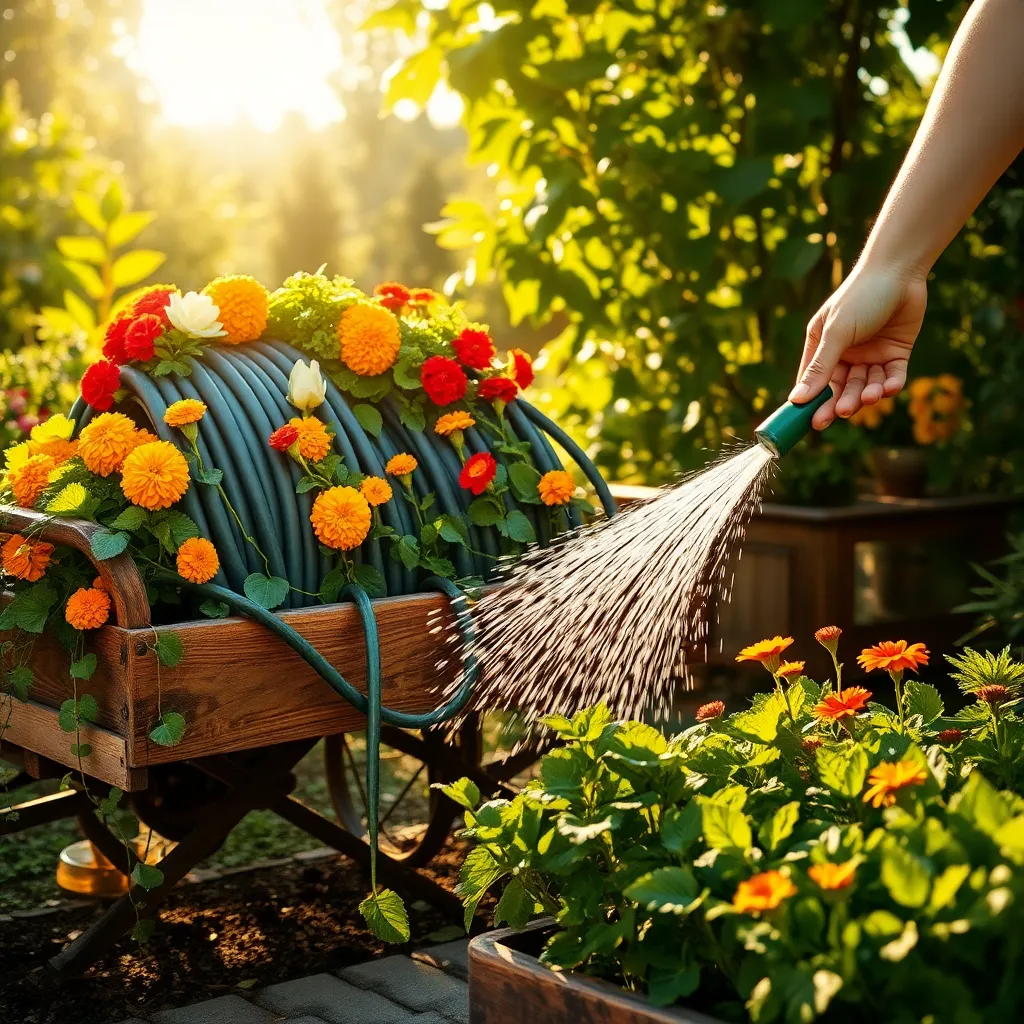
Choosing the right garden hose material is crucial for efficient watering and long-term durability. Each material has its unique advantages, making it essential to understand your needs before making a selection.
Rubber hoses are highly durable and flexible, making them an excellent choice for larger gardens. They can withstand high water pressure and extreme temperatures, but they tend to be heavier than other options.
Vinyl hoses are a lightweight and budget-friendly option, ideal for smaller gardens or light watering tasks. However, they are more prone to kinking and may not last as long as other materials under harsh conditions.
Consider hybrid hoses if you need a balance between durability and weight. These hoses combine the benefits of rubber and vinyl, offering flexibility and reduced weight, making them easier to maneuver around your garden.
To ensure longevity and performance, always store hoses properly when not in use. Coil them neatly in a shaded area to prevent sun damage and extend their lifespan, allowing you to enjoy a well-maintained garden with ease.
Determining the Ideal Hose Length
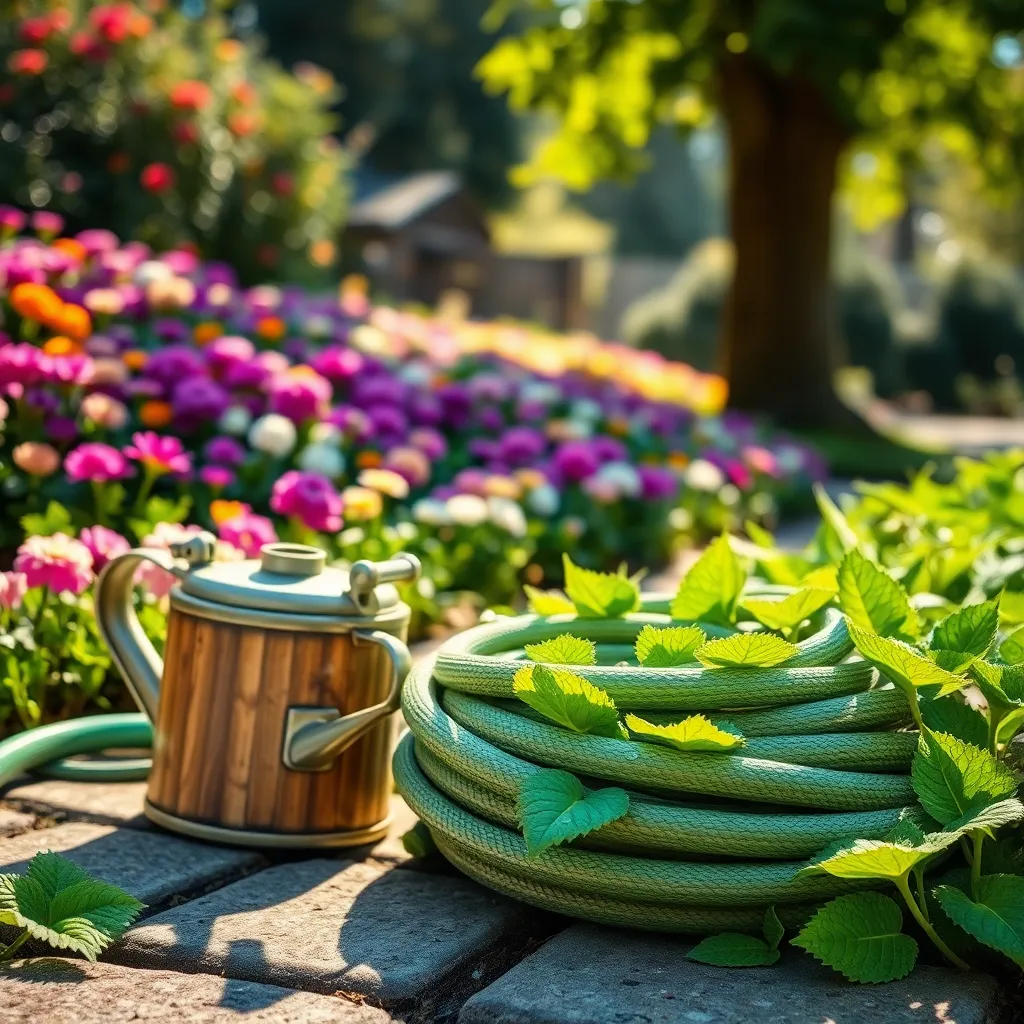
When determining the ideal hose length, start by measuring the distance from your water source to the farthest part of your garden. It’s important to add a few extra feet to your measurement to ensure you have enough length to comfortably maneuver around obstacles like trees or garden beds.
Consider the layout of your garden and any potential obstructions when selecting hose length. A hose that’s too long can be cumbersome and difficult to handle, while a hose that’s too short won’t reach all areas, requiring you to move your water source.
For smaller gardens, a 25 to 50-foot hose is often sufficient, providing flexibility without excessive bulk. Larger gardens might require a hose length of 75 or even 100 feet, but remember that longer hoses can lead to decreased water pressure.
Experienced gardeners might consider using multiple hoses joined with connectors to tailor the length to various tasks. This approach allows for greater versatility and can be more manageable than dealing with one extremely long hose.
Choosing the Right Hose Diameter
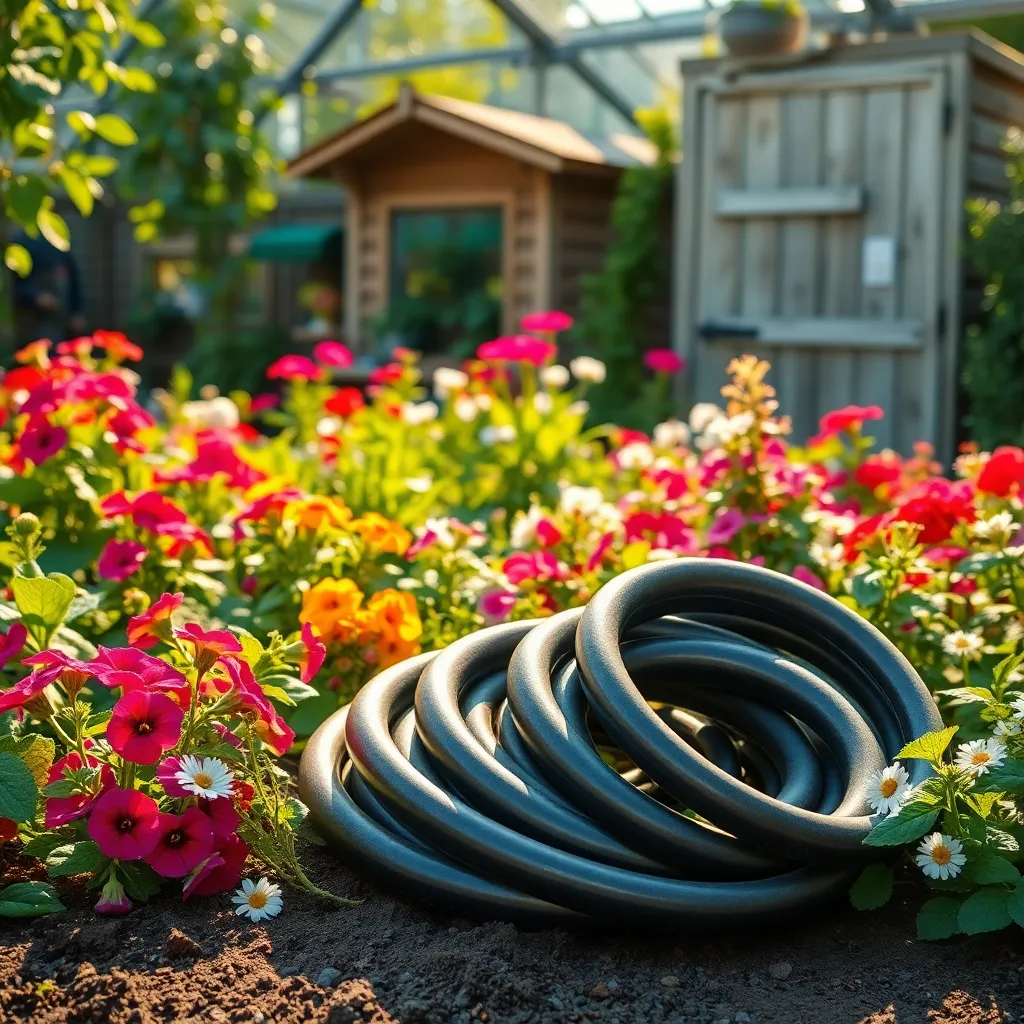
When choosing the right garden hose, understanding the importance of hose diameter is crucial for effective watering. The diameter affects both the water flow rate and the water pressure, which can significantly impact how efficiently you can water your garden.
For most home gardens, a hose with a diameter of 5/8 inch is ideal, striking a balance between flexibility and sufficient water flow. This size is perfect for watering flower beds, vegetable patches, and small lawns, providing enough water volume without being too cumbersome to manage.
For larger gardens or if you need to water trees and expansive lawns, consider a 3/4 inch diameter hose. This size allows for a higher water flow rate, reducing the time you spend watering large areas. However, keep in mind that larger hoses are heavier and may require more storage space.
Beginners often overlook the impact of hose diameter on water pressure, but it’s an essential consideration. If you have low water pressure in your area, a smaller diameter hose, like a 1/2 inch, might actually deliver water more effectively by maintaining pressure. Always ensure your hose diameter matches your garden’s specific needs to optimize your watering efficiency.
Exploring Hose Fittings and Connectors
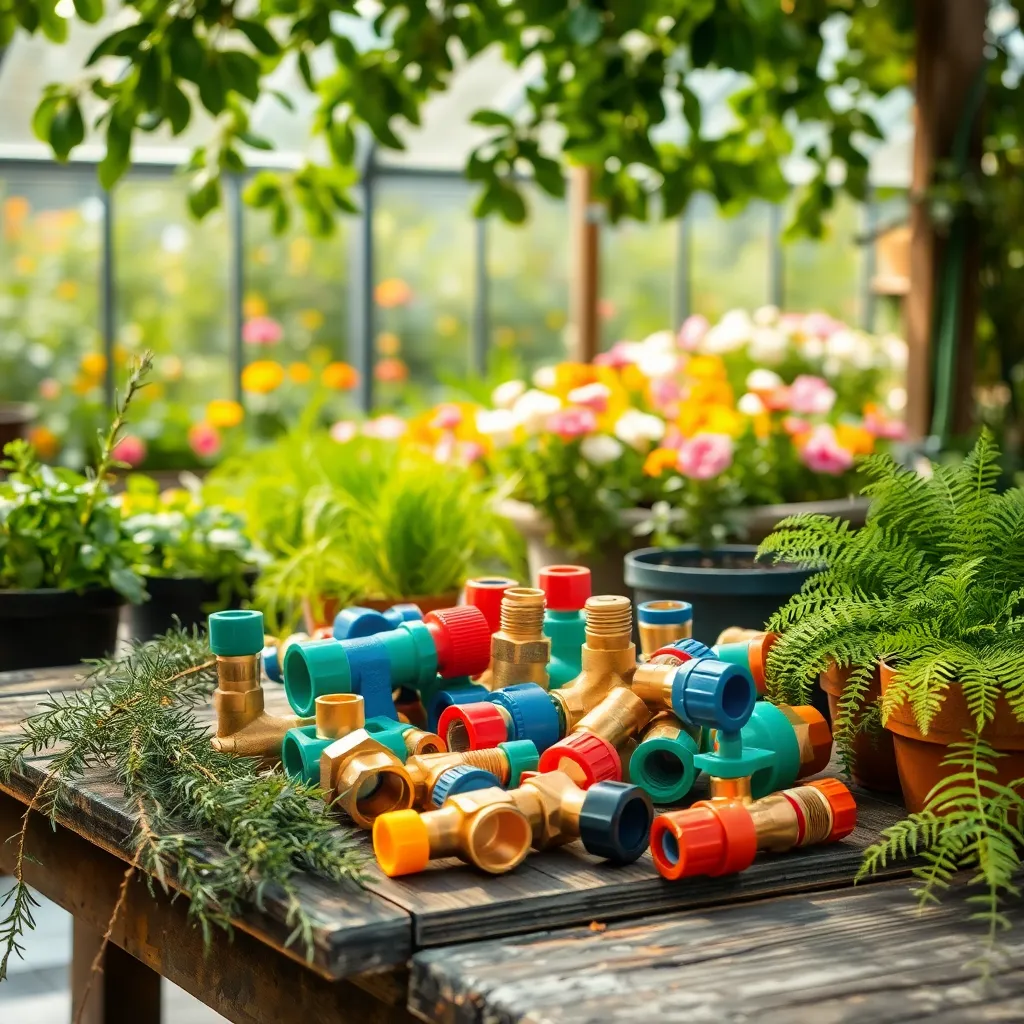
Understanding hose fittings and connectors is essential for any gardener who wants to create an efficient watering system. These components help you customize your hose setup to suit the specific needs of your garden, ensuring that every plant receives adequate moisture.
To start, consider the different types of connectors, such as quick-connect systems and threaded fittings. Quick-connect systems are user-friendly, allowing you to change attachments swiftly without any hassle, making them ideal for those who frequently switch between nozzles and sprinklers.
For more secure and leak-free connections, opt for threaded fittings made from durable materials like brass or stainless steel. These materials not only provide a tight seal but also resist corrosion, ensuring longevity and reliability in various weather conditions.
Moreover, selecting the right adapter can help bridge any gap between mismatched hose sizes and attachments. Universal adapters are particularly useful, as they allow you to connect hoses with different diameters, enhancing the flexibility of your watering system.
Advanced gardeners might want to explore specialized connectors that enable the attachment of drip irrigation systems or soaker hoses. These setups can significantly improve water efficiency, targeting roots directly and minimizing evaporation, which is especially beneficial in drier climates.
Maintenance Tips for Longevity

Ensuring the longevity of your garden hose starts with proper storage. Avoid leaving hoses in direct sunlight, as prolonged exposure to UV rays can weaken the material and cause cracks over time.
Regularly inspect your hose for any signs of wear and tear. Look for leaks, holes, or weak spots and repair them promptly with a hose repair kit to prevent further damage.
Proper cleaning is essential to maintain your hose’s functionality. Flush it with water every few months to remove any debris or mineral buildup that could affect water flow.
To prevent kinks and tangles, always coil your hose neatly after use. Consider using a hose reel or hanger to keep it organized and off the ground, which also helps prevent accidental damage.
Conclusion: Growing Success with These Plants
In exploring the metaphor of choosing the right garden hose, we’ve delved into five vital relationship concepts: understanding your partner’s unique needs, maintaining flexibility, ensuring durability through challenging times, prioritizing clear communication, and cultivating a nurturing environment. Just like selecting the perfect hose, nurturing a relationship requires thoughtful consideration and ongoing care.
As your immediate next step, take a moment to reflect on one area in your relationship that might benefit from a little more attention or adjustment. Whether it’s engaging in a heartfelt conversation, planning a surprise date, or simply offering a listening ear, small, intentional actions can yield profound growth.
Remember, relationships are dynamic and ever-evolving. Bookmark this article now to keep these insights at your fingertips, ready to guide you through any season of your relationship journey. By doing so, you’re investing in a future where love flourishes in abundance.
Embrace the promise of stronger bonds and deeper connections. With each step you take, you pave the way for a thriving relationship that withstands the test of time, much like a resilient and well-tended garden. 🌱💞

